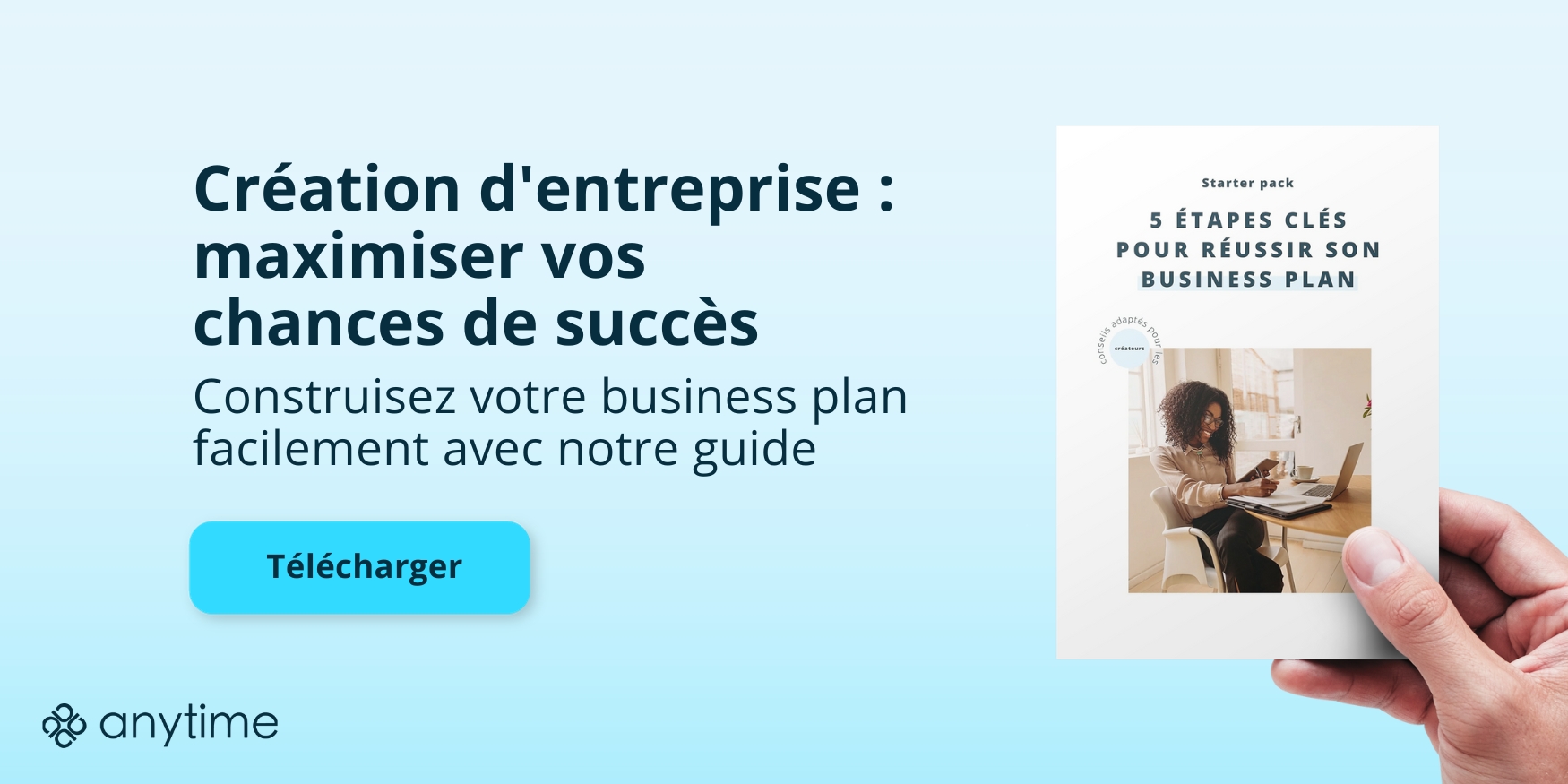Recherche d’investisseurs, participation à un concours, campagne de financement participatif… En phase de création d’entreprise ou de développement d’une nouvelle offre pour sa petite entreprise, il est nécessaire de présenter son projet de manière attractive pour retenir l’attention et engager l’action. Si le pitch et l’argumentaire jouent un rôle crucial, les supports visuels augmentent l’accroche et facilitent la mémorisation. Quels outils utiliser pour présenter son projet ? Quelles informations mettre en avant lors de sa présentation ? Éléments de réponses.

Le pitch de présentation du projet : un point d’étape à ne pas négliger
Il y a différentes situations qui poussent à réaliser une présentation de projet. Elles n’ont pas toutes les mêmes finalités ni les mêmes formats : réunion de présentation à des investisseurs, participation à un salon ou à un concours, campagne de crowdfunding en ligne... Il faut réussir à dévoiler son projet sous son meilleur jour pour capter l’attention de l’auditoire, rassurer les investisseurs, donner envie aux potentiels financeurs de suivre l’entreprise.
Lors d’une présentation orale, le support écrit représente alors une trame sur laquelle s’appuyer pour ne rien oublier et aborder les éléments dans l’ordre. Remerciements et bref rappel du parcours, présentation du concept, démonstration, démarches accomplies, modèle économique, marché potentiel, retours d’expériences, stratégie pour se distinguer de la concurrence, faisabilité financière, besoins et attentes… Autant d’informations à passer en revue.

Petite entreprise : 6 outils pour présenter son projet
Différents outils permettent de créer des supports personnalisés ou bien d’utiliser des modèles prédéfinis à compléter avec ses propres informations, images, vidéos... Si l’ensemble est destiné à une projection, le document de présentation peut alterner des textes, photos de produits, visuels d’ambiance, graphiques, infographies et même des animations vidéo.
1. PowerPoint
C’est la solution très connue de Microsoft. PowerPoint assure des présentations professionnelles avec ses enchaînements de diapositives permettant la création de diaporamas avec option d’animation 3D et d’interaction vocale. Cependant cet outil est à présent concurrencé par différentes alternatives en ligne.
2. Google Slides
La suite bureautique de Google dispose d’un outil de présentation en ligne permettant un travail collaboratif. Les slides peuvent être synchronisés pour favoriser le travail d’équipe et des liens sont possibles avec les autres applications telles que Google sheets, Google docs, etc.
3. Canva
Plus connue pour la gestion de visuels, notamment à destination des réseaux sociaux, Canva est une plateforme de conception graphique qui propose toute une section dédiée aux présentations sous différents formats : affiches, graphiques, projets 16:9, 4:3 ou encore mobile first.
4. Prezi
Il s’agit d’un outil bureautique interactif qui permet de réaliser des présentations sans diapositives. Les modèles sont répartis par grandes catégories : business, conseil, RH, marketing, planification, pitch, etc. La particularité de Prezi par rapport aux autres solutions est son option permettant de zoomer et dézoomer sur certaines zones. La démonstration prend alors une dimension plus dynamique.
5. Keynote
Réservé aux utilisateurs de Mac, Keynote est un logiciel de présentation qui fait partie de la suite bureautique d’Apple. L’interface est simple et intuitive. Tout comme Google Slides, l’application Keynote permet le travail en équipe sur la maquette avec la possibilité de retoucher les photos et de mettre en place des effets d’animation cinématographique.
6. LibreOffice Impress
La solution LibreOffice inclut un outil de création de présentations multimédias. L’interface est très minimaliste et ressemble aux anciennes versions de PowerPoint. Avec l’installation de l’extension Console de présentation, Impress permet un affichage des notes de diapositives, un contrôle du temps de transition et d’autres options.
Pour trouver des visuels d’ambiance, certains outils de présentation disposent de leur propre bibliothèque. Mais il existe également des plateformes qui mettent à disposition des images libres de droits. Pixabay, Pexels, Unsplash, Canva… Certaines sont gratuites, d’autres sont payantes, sous forme d’abonnement ou de règlement unitaire.
Construire son Business Model Canvas pour faciliter sa présentation
Le Business Model Canvas est basé sur une méthode d’Alexander Osterwalder et Yves Pigneur décrite dans l’ouvrage « Business Model Nouvelle Génération ». Il s’agit de construire de manière synthétique un canevas sur une seule page pour représenter l’ensemble du modèle économique. Ce document illustre les synergies entre les différents éléments clés du projet qui peuvent ensuite être détaillés selon les besoins.
Le Business Model Canvas se compose de différentes rubriques :
- Les segments clients
- La proposition de valeur
- Les canaux de communication et de distribution
- Les relations clients
- Les revenus
- Les ressources clés
- Les activités clés
- Les partenaires clés
- Les structures de coûts
Bpifrance a par ailleurs développé un outil spécifique dédié à la création de business plans en ligne.
